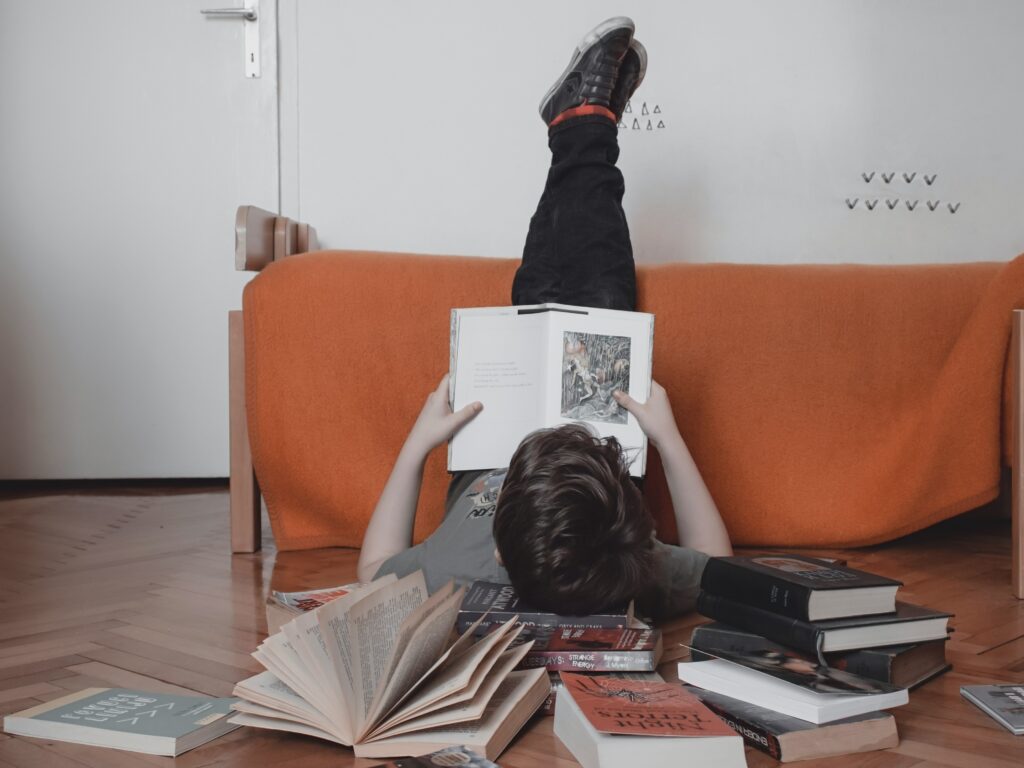Self-Awareness Tools: Practices and Apps to Improve Mindfulness
A tight work schedule, constant pressure, and the feeling that thoughts are living their own life are familiar to many. In such moments, simply “slowing down” is not the most important thing. The main thing is to understand what is happening inside. Helpers here can be tools for self-observation and simple practices that help restore clarity, reduce anxiety, and strengthen your connection with yourself.
Why Self-Awareness Matters Today
We experience high mental and emotional loads daily. We often react automatically, and in this rhythm, it is difficult to understand what exactly triggers anxiety or irritation.
Therefore, regular practices can be a foundation for stability. For this process, you can use journaling ideas for beginners, as such practices support emotional clarity and develop self-observation skills. Through gentle reflection, we can return to ourselves and become aware of recurring thoughts and emotions. And over time, understand and predict our own reactions.
Best Tips and Practices to Stay Self-Aware
Hearing and understanding yourself is a skill that can and should be developed through small, but most importantly, regular practices. We have compiled a list that will allow you to choose clearly and specifically for you to develop and maintain mindfulness.
- Journaling for Emotional Clarity
This practice remains the simplest and warmest way to see and understand your emotions. Journaling helps you notice recurring thoughts, reduce anxiety levels, and provides space for analysis.
How to practice: Just a few minutes a day are enough to feel the effect. Choose a convenient format for recording so that the practice fits organically into your day. This will help make the habit more sustainable. You can use apps that help maintain regularity, for example, what is Liven, which supports a format of gentle reminders. This will make the process of self-observation more stable and accessible.
- Habit Tracking
Tracking new steps, such as journaling or breathing practices, helps you see progress and stay motivated. When you see that you return to yourself and listen to your emotions at least once a day, confidence and a sense of support are formed.
How to practice: choose 1-2 new habits, for example, “1 minute of mindful breathing” or “write down one important thought of the day.” And during the week, mark completion in an app or on paper. Here, the main thing is not quantity, but regularity.
- Mood Tracking
Mood tracking helps you understand how events, your body, and emotions are connected. And gradually you begin to recognize the triggers that affect you and learn to treat yourself more gently.
How to practice: It’s best to record your mood 2-3 times a day. You can use a simple scale – “tense, tired, calm, inspired.” And then add a short note about what was happening around you at that moment. You can also track emotions in apps.
- Breathwork Breaks
Short breathing pauses help reduce tension levels and promote relaxation. This is a good and simple way to support the nervous system and return to a more stable state.
How to practice: The most common practices are deep breathing following the 4-2-6 pattern or box breathing – 4-4-4-4. Repeat the cycle 3-5 times. Try using such a pause every time you notice that thoughts are slipping away from you or completely consuming you.
- Meditation and Grounding
Short meditation and grounding practices help you return to the present moment when you can’t get rid of anxious scenarios in your head. And a few minutes of attention to bodily sensations and tracking thoughts provides a sense of stability and calms you down.
How to practice: Try to spend two minutes paying attention to how your body feels and relaxing tense areas one at a time. Or do the 5-4-3-2-1 grounding exercise. First, say five things you see. Then 4 sounds you hear. Next, 3 things you can touch. After that, name 2 smells you sense. And finally, identify 1 taste you feel or remember. Use this before performing a difficult task or in moments of anxiety.
- Intentional Pauses
Mindful pauses before switching tasks or having an important conversation reduce rushing and help you act calmly and consciously, without giving in to automatic reactions. This practice helps restore clarity and a sense of inner space.
How to practice: Take a break for 20 to 40 seconds, let your shoulders relax, take a deep breath, and pay attention to how you feel right now. This helps you switch more smoothly and get ready for the next task or event.
- Using Self-Awareness Apps
If it’s difficult to focus on practices independently, use self-observation apps; this will help take some of the load off. They help structure your day, provide gentle reminders, and analyze your changes.
How to practice: choose an app that resonates with you. Set 1-2 reminders at a time that’s convenient for you. Also use it to record emotions, habits, or for reflection. This will create a sense of additional support.
How to Choose the Right Tools for Self-Awareness
Choose one tool and work with it for 5 to 7 days in a row to make the practice last. To find out which app is best for you, think about a few things.
- interface convenience, so that you feel comfortable returning to the app every day;
- availability of prompts and ready-made practices, if you prefer gentle guidance and structured support;
- ease of integration into your day, especially if you quickly get tired of overloaded solutions;
- absence of unnecessary information, so that the app doesn’t distract but helps you maintain focus.
If emotional clarity and support during moments of overload are important to you, Liven will suit you. If you need a focus on breathing techniques, Calm. If you want to train attention with a clear structure, try Headspace. If you’re looking for personalized mindfulness programs, Balance will be a good choice.
Final Word
Mindfulness is a set of small steps you can take every day to choose yourself. You can start with one practice and then add more as you feel ready. Pick tools that help you have a clearer and calmer day, and let yourself go at your own pace, without feeling rushed or compared to others.


